Tomás Saraceno spins out ‘Hybrid Webs’ installation for Rolls-Royce Art Programme
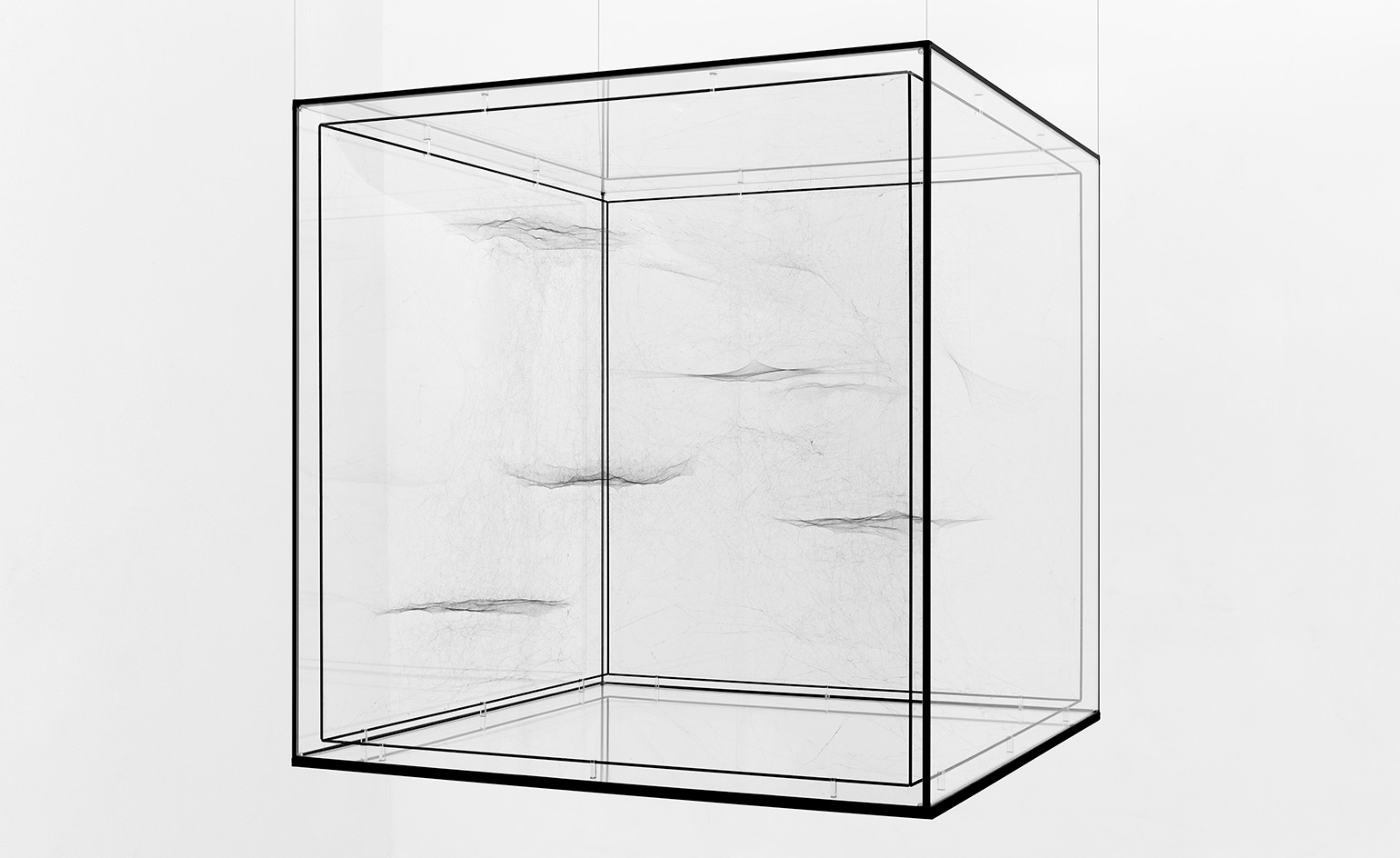
Ethereal spider web sculptures suspend in mid-air within a clear frame like floating galaxies. From the cosmic web to the minute dust particles collecting on the silken threads, the art installation explores how we co-exist on multiple levels with other species – a provocative dialogue on our connections to one another, and to the wider universe. This is the latest work by the Berlin-based Tomás Saraceno created for the Rolls-Royce Art Programme. Through his interactive installations, the Argentinian artist is finding sustainable ways of sensing and inhabiting the environment.
We came to Berlin to see this piece before it is shipped to Geneva to be exhibited at the motor show and then, later in March, onto its new home in Goodwood, where it will live at the House of Rolls-Royce. This is the marque’s second patronage of the artist, following on from last year’s ‘On Air’ at Palais de Tokyo, Paris – a project also concerned with spiders.
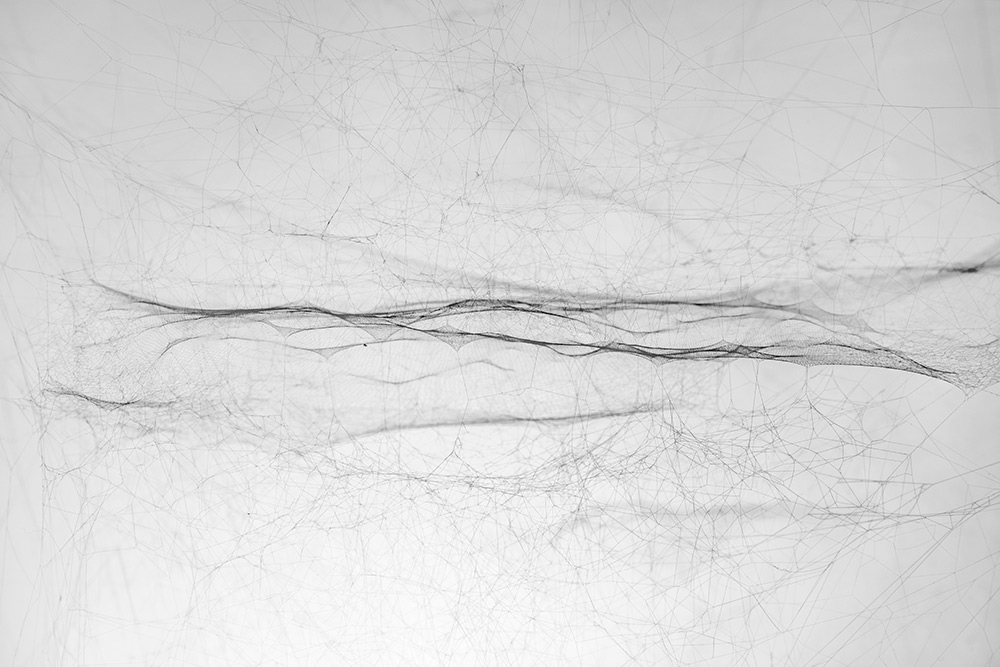
The installation forms part of Saraceno’s on-going ‘Hybrid Webs’ series – an exploration for almost a decade into spiders and how, by observing their world, we can discover new threads of connectivity within our own lives. For him, the web serves as a canvas from which to illustrate the ever-changing ecosystem in the atmosphere around us. He says, ‘it is exciting to see how spiders co-exist, and to then create these collective dialogues.’
The interweaving complexity of the artwork’s title speaks volumes about Saraceno’s interdisciplinary working approach. Hybrid Dark solitary semi-social Cluster BD–15 3966 built by: a duet of Nephila edulis – six weeks, a quintet of Cyrtophora citricola – eight weeks, rotated 180° is a literal description of the names, genus and species of the spider collaborators, and the amount of time needed to shape and compose their web sculptures.

The studio is housed in a former photographic developing lab in deepest former East Berlin, close to the old Stasi detention centre and with views over the river, once polluted by the concrete factory. Saraceno moved to this location five years ago, refurbishing the derelict building, adding a roof and restructuring the floors, yet maintaining the rawness of the listed structure.
Channelling the spirit of Bauhaus – for which the studio is creating an installation to mark its hundredth year – the Tomás Saraceno studio is also a place for collective dialogue. Here the team gather insights from physics, chemistry, engineering, aeronautics, materials science. We meet not only artists and sculptors and digital programmers, but a philosopher, biologist and an art historian. There is even a specialist in animal vibrational communication here. The studio often collaborates with external institutions too, most recently the MIT Media Lab. ‘We all come from different places and somehow we weave a different web,’ smiles Saraceno, himself a trained architect. ‘We are always provoking our team to move out of their confinements, bringing scientists and engineers and artists together.’
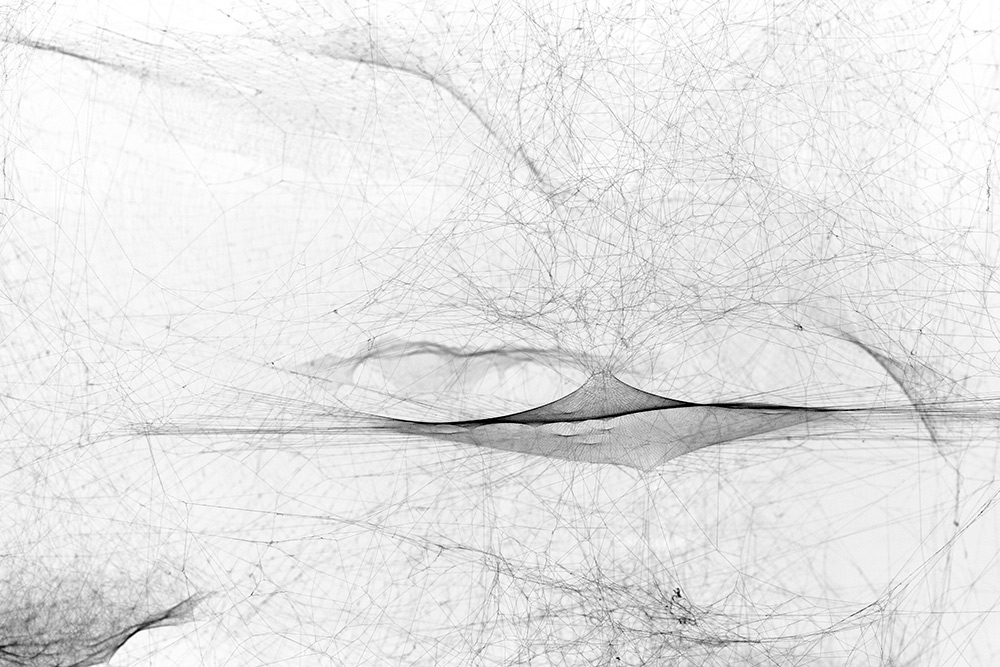
We are taken on a studio tour, with rooms filled with cubes housing spiders at work – they generally create best within angled corners – threads of spider silk hovering in air. It makes for a curious scene, as social and semi-social spiders of all shapes and sizes and colours, brought here at the end of their life, busily weave their architectural marvels. ‘They are suspended in the world,’ Saraceno observes his eight-legged workmen. ‘It is about starting multi-narratives as we help weave different webs; it is about discourse and asking provocative questions.’
Nine years ago, Saraceno created a scanning instrument to digitalise, for the first time, a three-dimensional web. He was thus able to understand the intricate geometry of these structures for comparative studies in mathematics, engineering and arachnology. Much in the way of Louise Bourgeois before him, he would also like to reframe the negative perception of spiders. There are counter narratives through history – some cultures see spiders as weavers of the universe, others use spiders as fortune tellers – and the team want to pull these elements out and re-introduce a more positive dialogue.
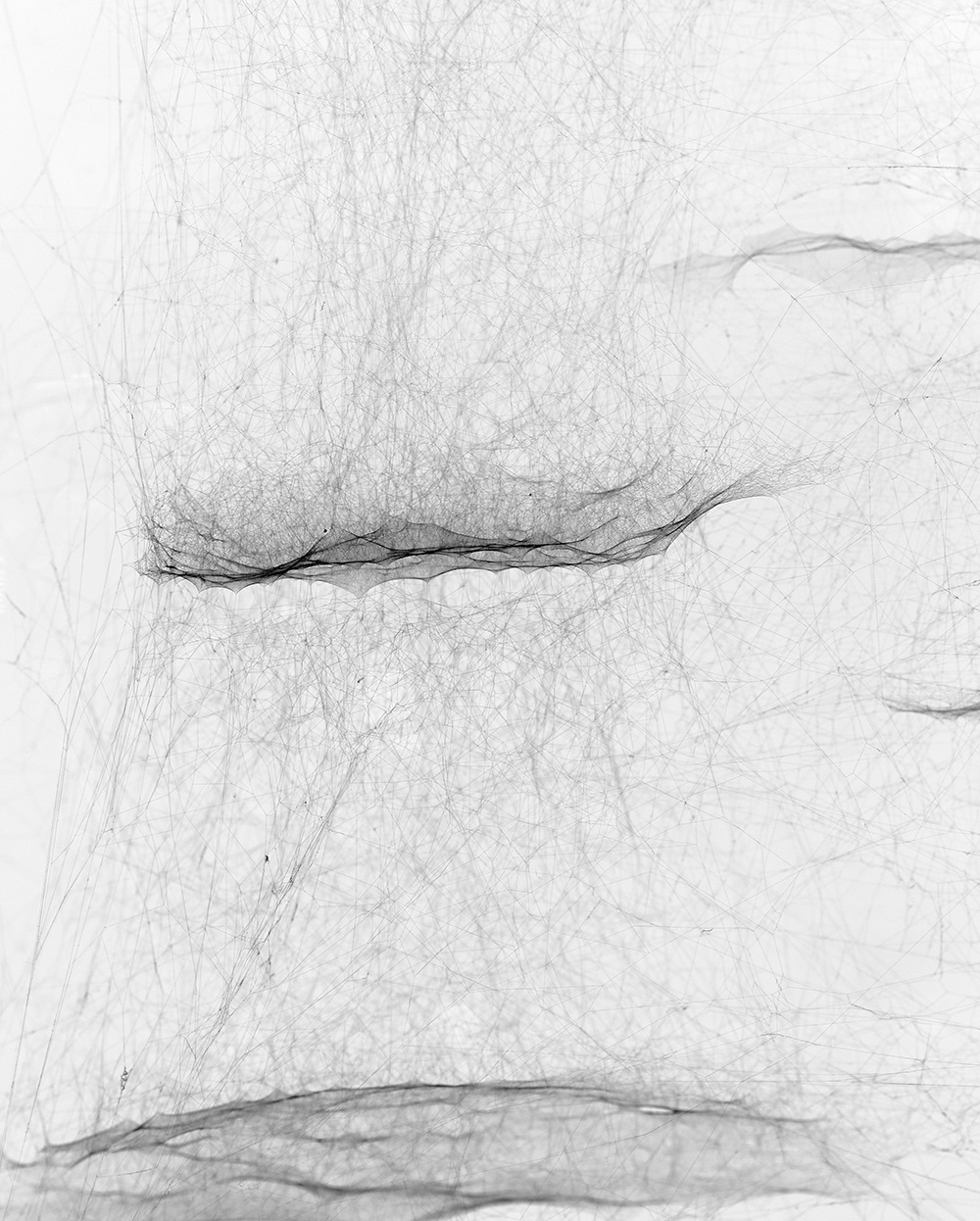
Different spider species are encouraged to co-habit a space, weaving their silky webs together creating hugely complex multi-level sculptures. ‘It is like me working with Rolls-Royce no?’ Saraceno muses. ‘We come from different worlds, but work together to make a better future’ he says as he turns the room dark, then theatrically shines a spotlight onto one of these impressive webs, highlighting the other worldliness of his artwork.
Spiders, we learn, exhibit social behaviour, eating elements of the web in the construction process if they are not entirely satisfied with the design. Saraceno is fascinated by the way they use space so clearly, and pick up vibrations to weave delicate and intricate structures. In an experiment, they played the clarinet to a spider that sat silently refusing to weave its web. Once the music stopped, though, it began to ferociously create to the remaining sound vibrations.
For him, the spider web is the closest thing to a cosmic web. A light projection onto one of the installations picks up dust particles, digitally analysing them, giving each a label. The artist says at any point there may be a particle of cosmic dust, an element from another place, here. ‘It helps us understand and read the universe, not to blame but get enthusiastic and change faith and standards, and discover new goals. Spiders can respond to vibrations. It is like a cosmic jam session,’ he smiles. ‘For me this project is about finding new ways of seeing.’
INFORMATION
For for information, visit the Studio Tomás Saraceno website and the Rolls-Royce Art Programme website
Wallpaper* Newsletter
Receive our daily digest of inspiration, escapism and design stories from around the world direct to your inbox.
A writer and editor based in London, Nargess contributes to various international publications on all aspects of culture. She is editorial director on Voices, a US publication on wine, and has authored a few lifestyle books, including The Life Negroni.
-
 A Xingfa cement factory’s reimagining breathes new life into an abandoned industrial site
A Xingfa cement factory’s reimagining breathes new life into an abandoned industrial siteWe tour the Xingfa cement factory in China, where a redesign by landscape specialist SWA Group completely transforms an old industrial site into a lush park
By Daven Wu
-
 Put these emerging artists on your radar
Put these emerging artists on your radarThis crop of six new talents is poised to shake up the art world. Get to know them now
By Tianna Williams
-
 Dining at Pyrá feels like a Mediterranean kiss on both cheeks
Dining at Pyrá feels like a Mediterranean kiss on both cheeksDesigned by House of Dré, this Lonsdale Road addition dishes up an enticing fusion of Greek and Spanish cooking
By Sofia de la Cruz
-
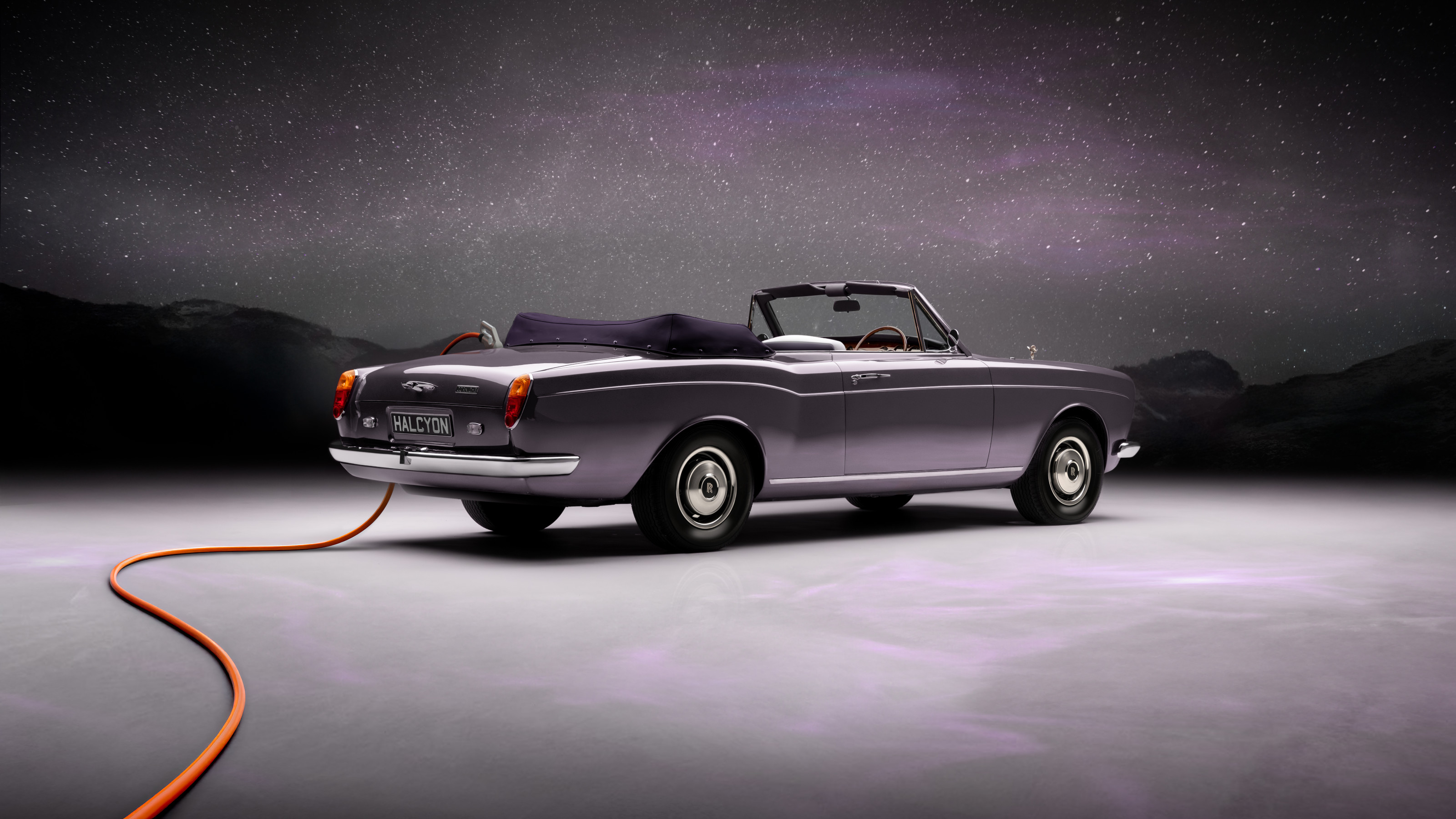 EV start-up Halcyon transforms a classic 1970s Rolls-Royce into a smooth electric operator
EV start-up Halcyon transforms a classic 1970s Rolls-Royce into a smooth electric operatorThis 1978 Rolls-Royce Corniche is the first fruit of a new electric restomod company, the Surrey-based Halcyon
By Jonathan Bell
-
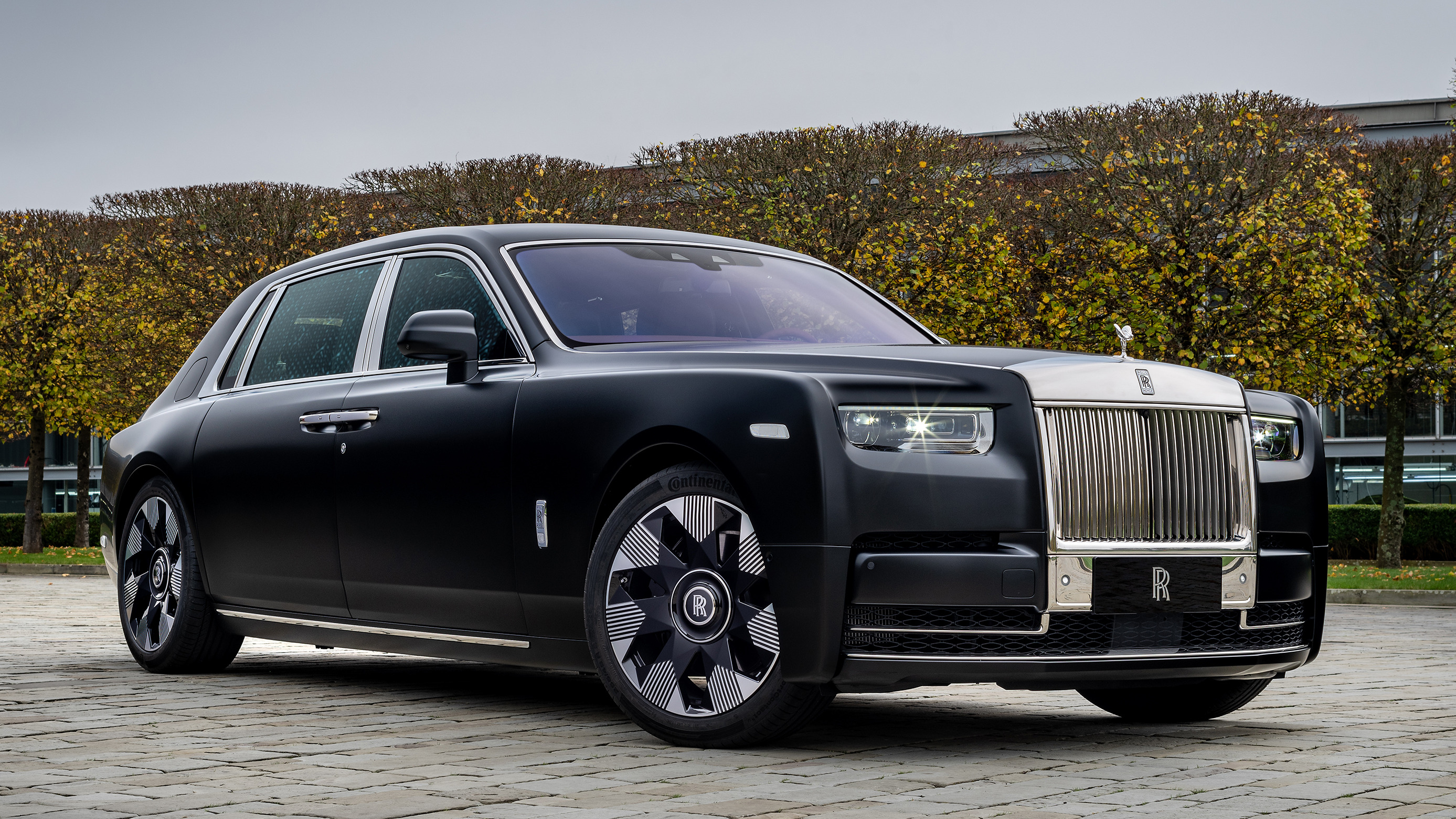 Rolls-Royce Phantom Dragon crosses cultures with a highly crafted approach
Rolls-Royce Phantom Dragon crosses cultures with a highly crafted approachThis one-of-one Phantom Extended has been built as a celebration of the outgoing Year of the Dragon, overseen by Rolls-Royce’s Shanghai Private Office
By Jonathan Bell
-
 Rolls-Royce re-imagines the classic wheels of one of James Bond’s greatest antagonists
Rolls-Royce re-imagines the classic wheels of one of James Bond’s greatest antagonistsFor one lucky Rolls-Royce owner and Fleming obsessive, this one-off Phantom Goldfinger will blur the lines between cinematic fantasy and real life
By Adam Hay-Nicholls
-
 Rolls-Royce’s Bespoke division pushes paint technology to the limits in the Spectre Lunaflair
Rolls-Royce’s Bespoke division pushes paint technology to the limits in the Spectre LunaflairThis one-off commission transforms Rolls-Royce’s all-electric Spectre into a shimmering spectacle inspired by atmospherical effects
By Jonathan Bell
-
 The subtly revised Rolls-Royce Cullinan offers clients an instantly commanding presence
The subtly revised Rolls-Royce Cullinan offers clients an instantly commanding presenceA Rolls-Royce is no longer the ‘best car in the world,’ but the best way to make your mark on automotive culture. Cullinan Series II goes even further into the world of branded storytelling and subtle oneupmanship
By Jonathan Bell
-
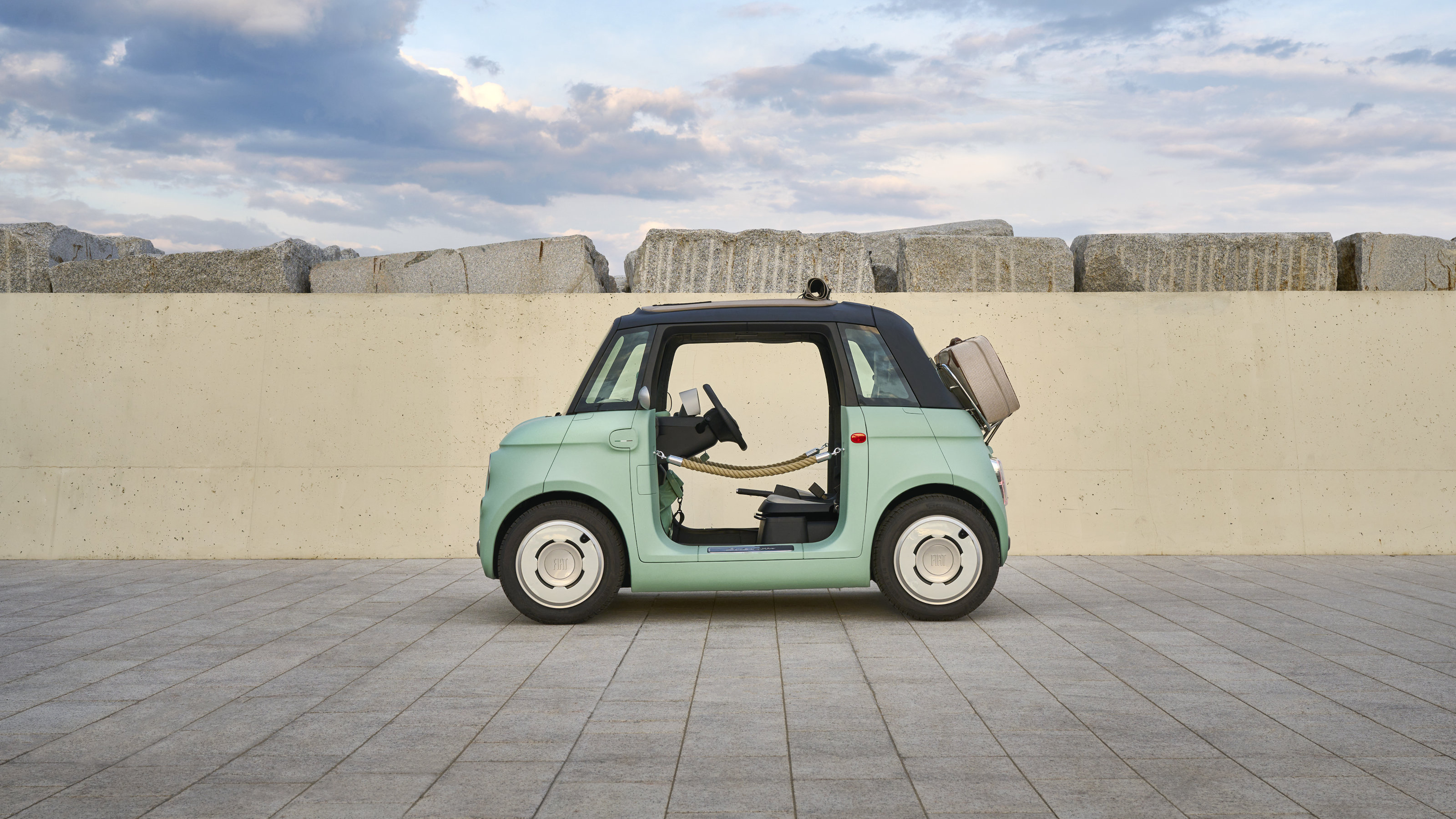 Year in review: top 10 transport design stories of 2023, selected by Wallpaper’s Jonathan Bell
Year in review: top 10 transport design stories of 2023, selected by Wallpaper’s Jonathan BellJonathan Bell’s top 10 transport design stories of 2023 span from electric campers and microcars to flying yachts and classic car recreations
By Jonathan Bell
-
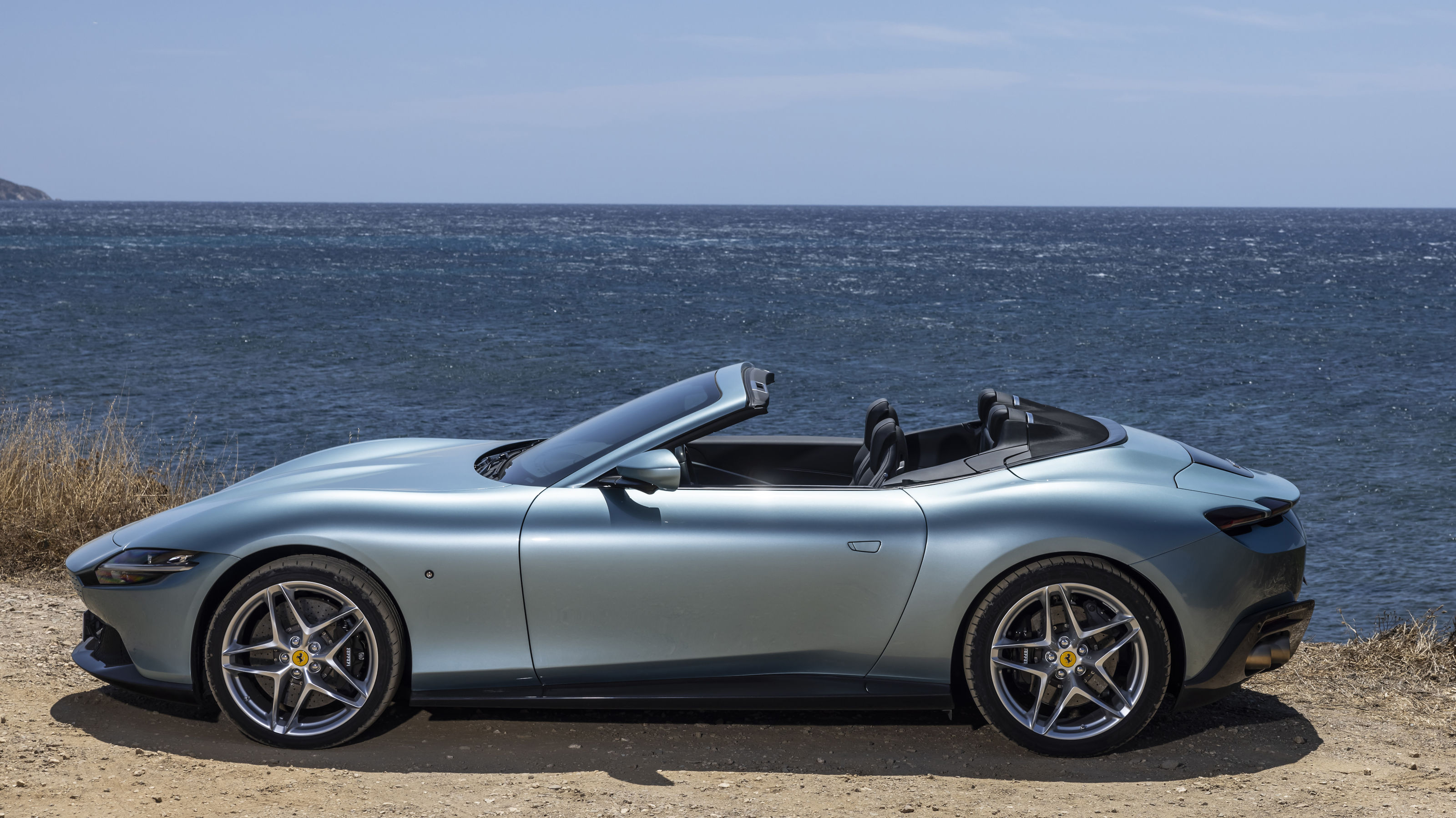 Year in review: the top 10 cars of 2023, as selected by Wallpaper’s Jonathan Bell
Year in review: the top 10 cars of 2023, as selected by Wallpaper’s Jonathan BellWhat were the best four-wheeled offerings of 2023? Transport editor Jonathan Bell takes us through the year’s most intriguing automobiles
By Jonathan Bell
-
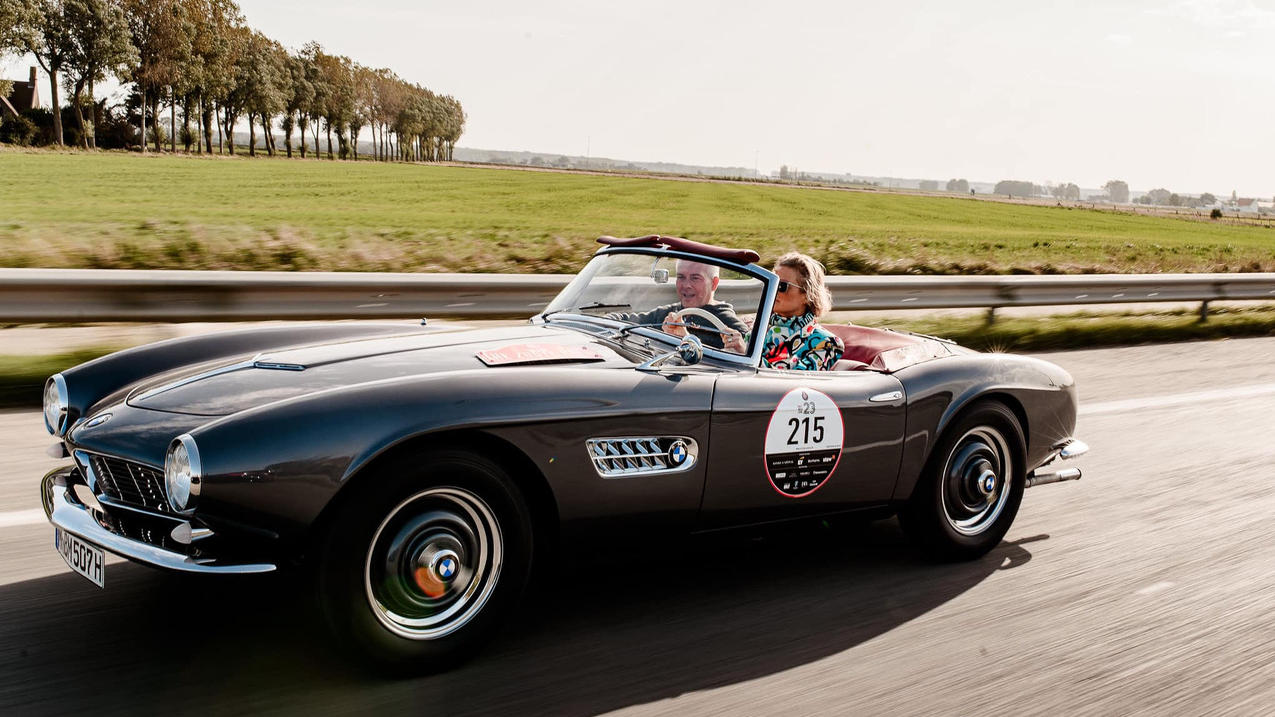 Zoute Grand Prix is a car fest like no other at a pristine Belgian beachside town
Zoute Grand Prix is a car fest like no other at a pristine Belgian beachside townAmy Serafin takes to the well-heeled streets of Knokke-Heist to experience the Zoute Grand Prix, its annual cavalcade of classic car-related events, from a rally to an auction
By Amy Serafin